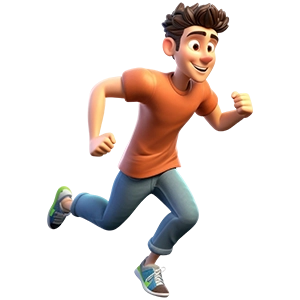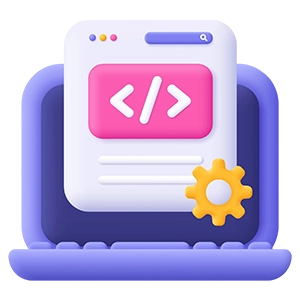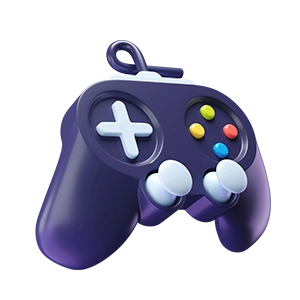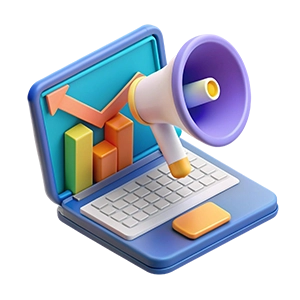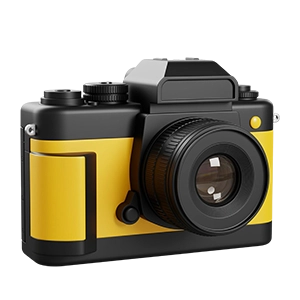Curriculum
- 8 Sections
- 33 Lessons
- 10 Weeks
Expand all sectionsCollapse all sections
- Introduction to UX Design & ToolsUX Design is the process of creating products that provide meaningful and seamless experiences by focusing on user needs, behaviors, and interactions.5
- UX Research & User FlowsUX research and user flows help designers understand user behavior and map out intuitive pathways, ensuring that digital experiences are grounded in real user needs and logical navigation.4
- Wireframing FundamentalsWireframing fundamentals involve creating low-fidelity visual layouts that outline the structure and functionality of a user interface, serving as a blueprint for design and user interaction.4
- UI Design & Visual SystemsUI design and visual systems focus on crafting intuitive, aesthetically cohesive interfaces by applying design principles like typography, color, spacing, and component consistency to enhance usability and brand identity.4
- Components, Symbols & ReusabilityComponents, symbols, and reusability streamline the design process by allowing designers to create consistent, scalable elements that can be reused and updated efficiently across multiple screens and projects.4
- Prototyping & InteractionsPrototyping and interactions bring static designs to life by simulating user flows, animations, and transitions, allowing designers to test functionality and refine the user experience before development.4
- User Testing & IterationUser testing and iteration involve gathering real user feedback to identify usability issues, then refining the design through repeated improvements to create more effective and user-friendly experiences.4
- Capstone Project – Design a Complete UX FlowThe Capstone Project a challenges students to apply their full skillset by researching, wireframing, designing, and prototyping a complete user journey for a real-world problem, showcasing their ability to deliver a functional and visually cohesive UX solution.4


